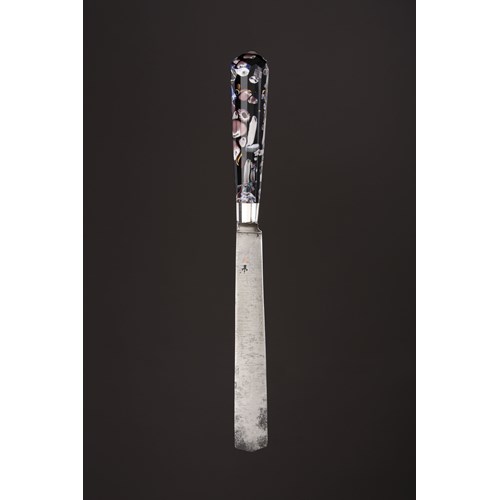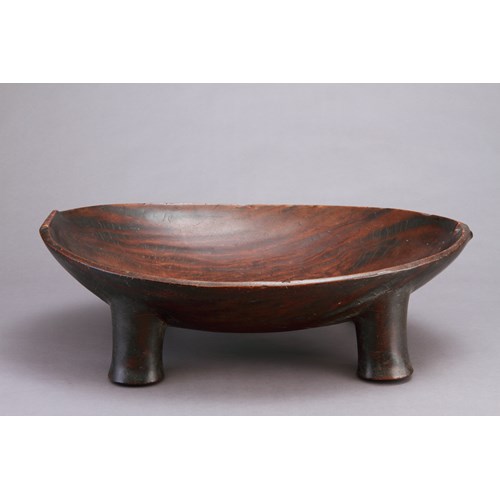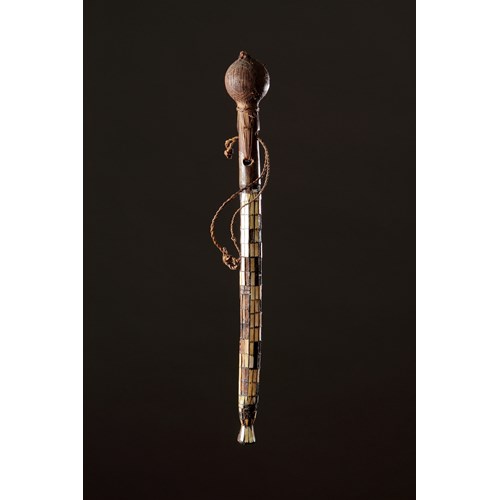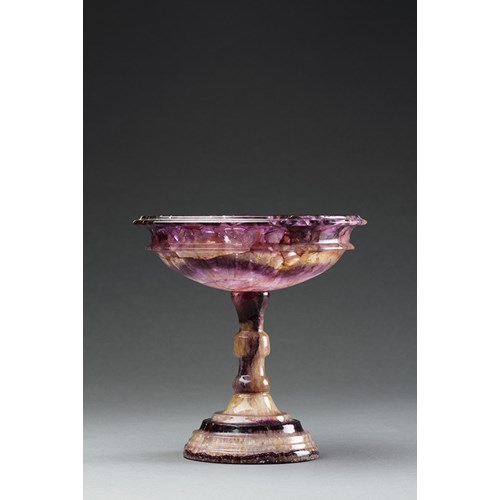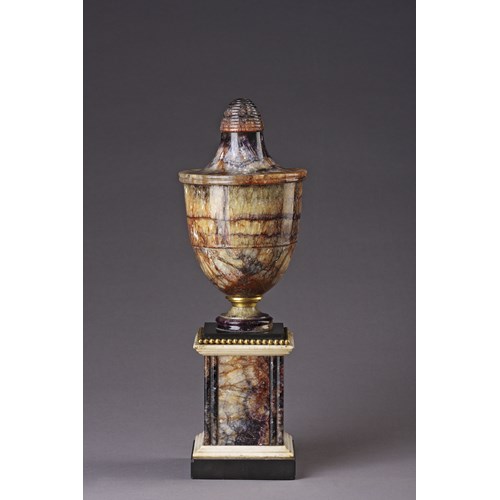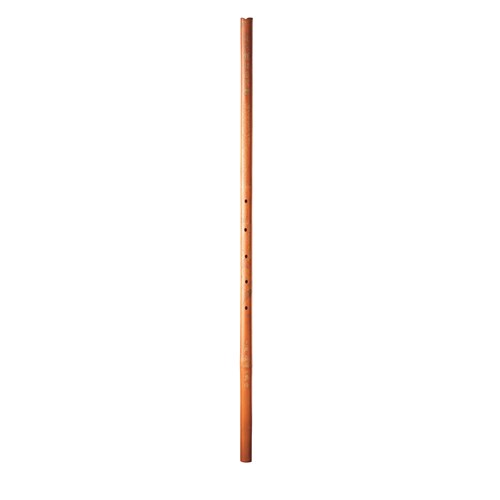A Very Fine Set of Persian Chiselled Armour
Date Dated 1797
Period Late 18th century
Medium Steel, Iron, Leather, gold, Gilt, mail, Brass
Dimension cm (0⁰/₁ x 0⁰/₁ inches)
Steel, gold, gilt, mail; iron and brass, leather
Dated 1797
Persia
Late 18th Century
Date: Dated 1797
Period: Late 18th century
Medium: Steel, Iron, Leather, gold, Gilt, mail, Brass
Dimension: cm (0⁰/₁ x 0⁰/₁ inches)
Provenance: Ex Paul Collection, Berlin, formed prior to 1945
Sold Hermann Historica, Munich, 36th auction, 1998, lot 423
Ex Private collection
Literature: The three-piece set comprising of a helmet ‘Kulah Khud’, a shield ‘Sipar’ and a forearm guard ‘Bazu Band’. The skull of the helmet hammered in one piece in ‘wootz-Damascus’ (also known as ‘seric’ steel), a crucible steel characterised by a pattern of bands with a high carbon context. The technique first originated in the mid 1st millennium BC in southern India. The riveted crown plate also made of ‘woozt’ together with the adjustable nasal bar. The skull with chiselled decoration, depicting hunting and animal scenes. A continuous band of brass-inlaid calligraphic cartouches running around the lower edge, dated 1115 ‘Islamic calendar year’ (1797 AD) next to the nasal bar. Of particular note is the exceptional ‘aventail’ (from the French) or ‘mail’, attached to the helmet, made from iron and brass rings†, placed end to end.
The domed shield made from ‘wootz-Damascus’ with an offset edge and four shield bosses. Chiselled hunting decoration with calligraphic cartouches to the outer rim, surrounded with tendrils of inlaid gold. The original lining complete with brownish velvet, straps and polished leather.
The matching forearm guard made of ‘wootz-Damascus’ with chiselled hunting decoration and an ornamental gold inlaid edge.
† The technique of creating patterns by combining rings of different metals first occurs in ‘mail’ shirts of the 16th century, such as an example in the Military Museum, Istanbul (inv. no. 2767). It became especially popular in India and Iran during the 18th and 19th centuries.
More artworks from the Gallery




